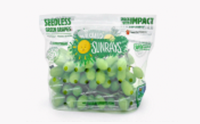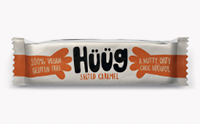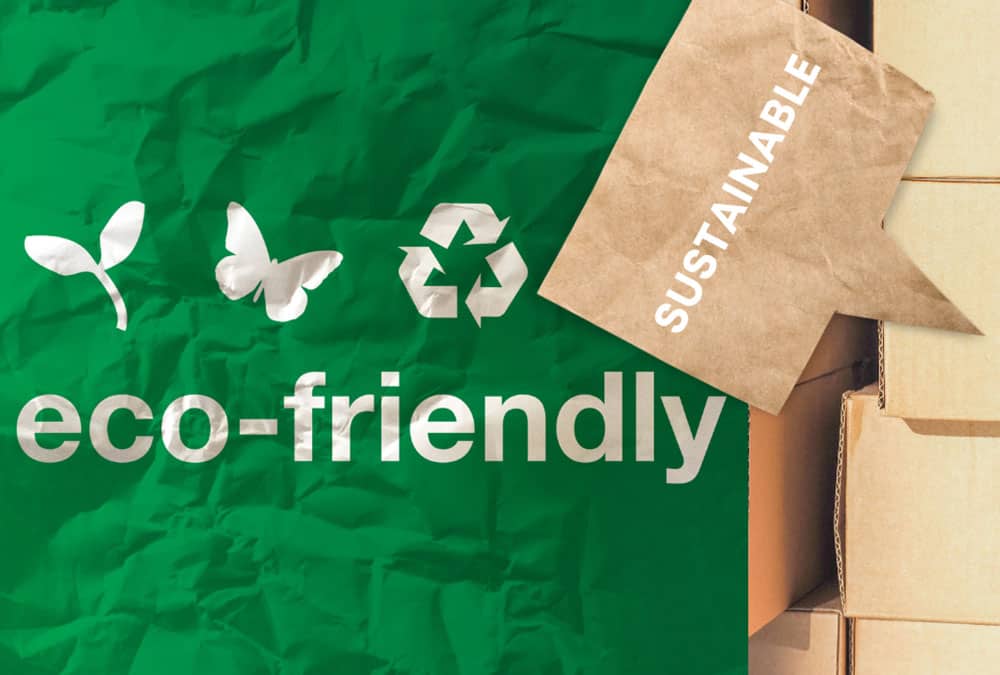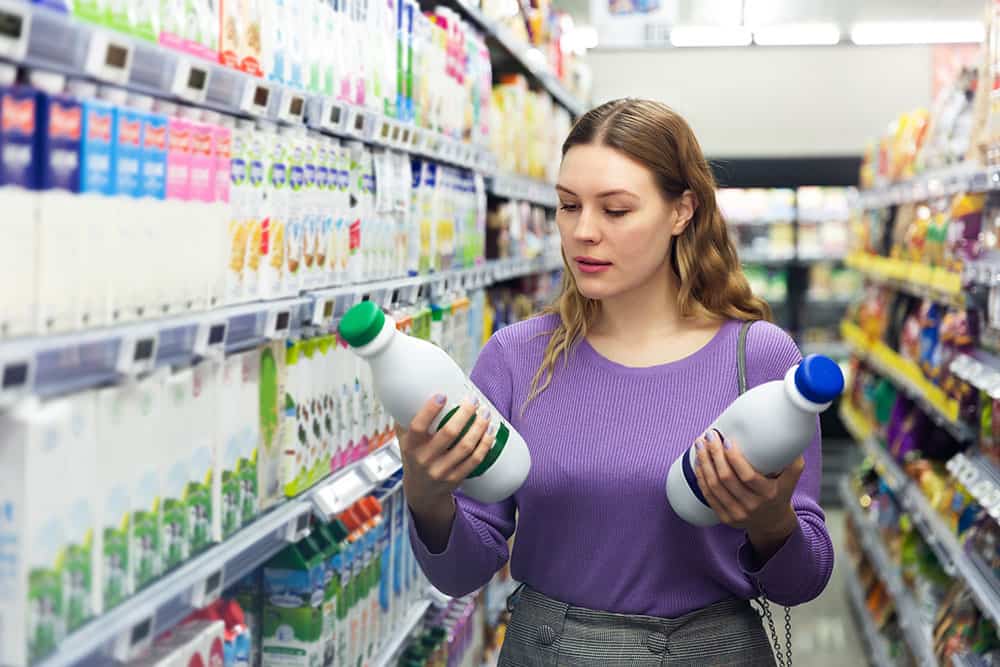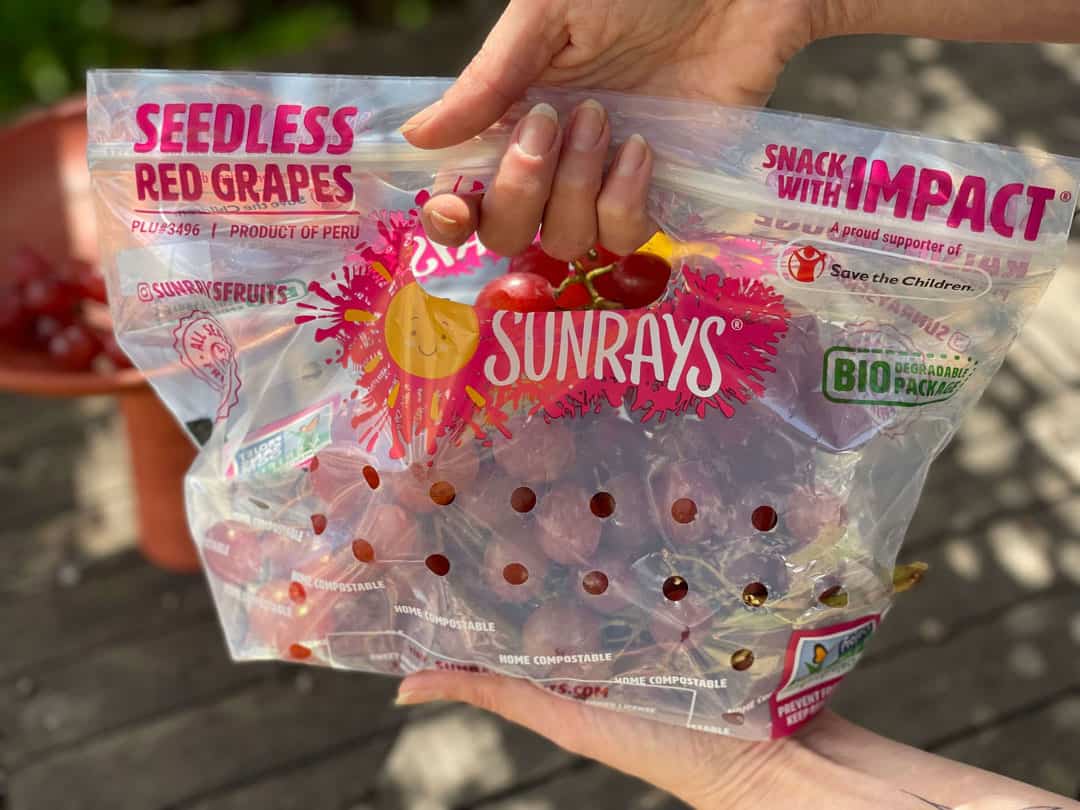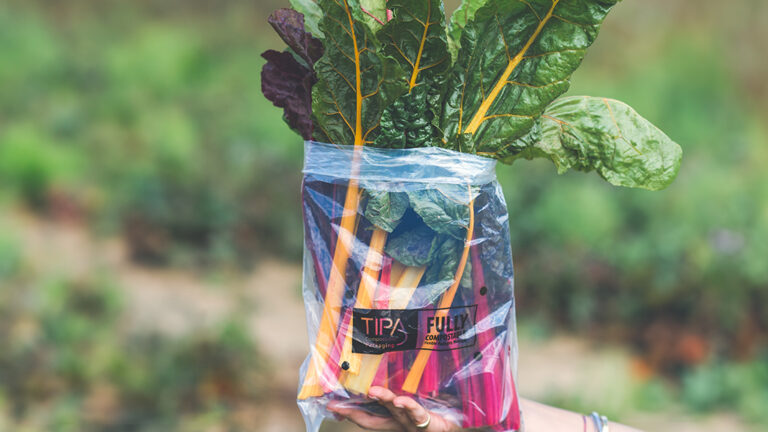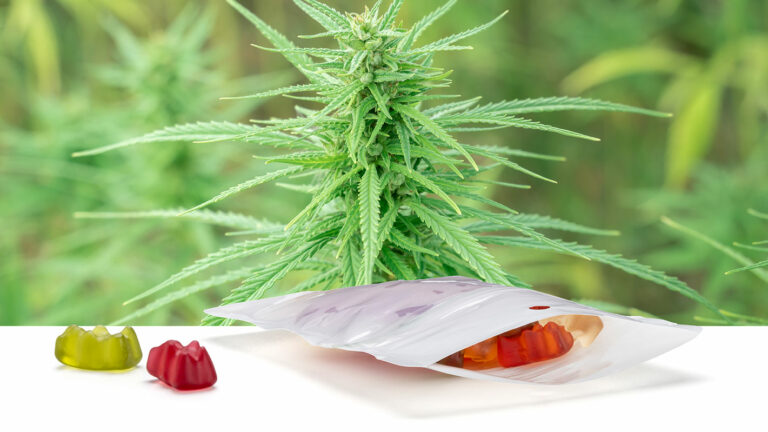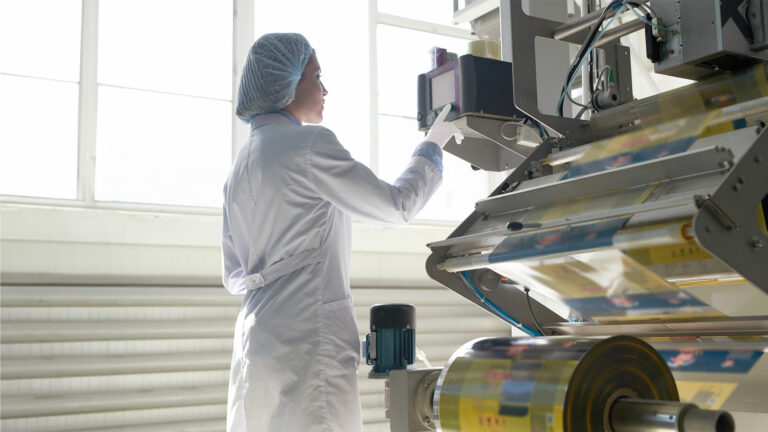I’ve been working in the environmental eco-system for quite some time now. I have read many articles about climate change and its consequences; am interested in sustainability reports and I think I have developed a unique hobby: the exploration of every sustainable product that can be discovered on the shelves. As much as I can, I try to stay on top of the market’s pulse and learn something new every day. I was therefore challenged when someone casually asked me one day: “Say, what’s the difference between eco-friendly and sustainable?”
In recent years, it has become increasingly common to use these two terms, which makes me happy, as it means more people care about environmental issues and I’m not the only weirdo in my neighborhood yelling at people: “Hey mister, you put that bottle in the wrong bin!”
What is Eco-Friendly Packaging?
But people and companies often use these two terms interchangeably, so I thought it would be interesting to explore the differences. There are many definitions of each, but let’s take a look at two I found:
The United Nations defines ”sustainability” as “meeting the needs of the present without compromising the ability of future generations to meet their own needs“.
The Cambridge Dictionary defines “eco-friendly” as “not harmful to the environment or trying to help the environment”.
It seems from these two definitions and other articles I’ve read debating the differences, that there isn’t a significant difference between them.
What IS significant? In my opinion, if you are a business owner who decides to go green, you can call your product either sustainable or eco-friendly; your decision can be based on pure business logic or on personal preference. But for a business to honestly claim to be “eco-friendly” or “sustainable”, it should be transparent with its customers, define how friendly its product really is for the environment and, most importantly, provide an end-of-life solution.
The explanation of its sustainability or eco-friendliness, including how to dispose of it, should appear on the product’s packaging, just like the ingredients list, as this is sort of a contract between the customer and the manufacturer.
The concept of eco-friendliness cannot be merely a feeling, like the one we get when we come across brown-paper packaging; instead, it needs to be viewed holistically.
Recently, the Federal Trade Commission advised that companies be careful about the use of sweeping terms like “eco-friendly,” and “sustainable”. Such changes could be coming with a planned update to the FTC green guidelines, which means that now is the time for brands to be thinking more carefully about their claims and word choices, and how those are connected to their products.
Sustainable Packaging Materials
Eco-friendly packaging comes in several types and can be made with compostable materials, such as PLA, PBS, and starch. These materials are considered ideal for making eco-friendly packaging – and for a good reason: packaging made from these materials has a proper end-of-life, meaning it returns to nature after use. Even if it is not disposed of in a home or industrial composter, this type of packaging will eventually decompose, leaving no microplastic behind; it will just take longer.
In the sector of eco-friendly materials, we obviously need to address also recyclable materials, such as PET plastic, HDPE plastic, cardboard, and paper. If these materials – and that’s huge if – are sorted correctly for recycling, they can be remoulded to begin anew as raw material for a new packaging or other uses. But unfortunately, 91% of plastic waste ends up in landfills.
Another popular eco-friendly packaging material is paper, which some say it must be the only material used for eco-friendly packaging. But when looking at paper, we need to not only consider its end-of-life aspect, but also its circularity: As we all know, paper is made from trees; trees absorb CO2 and emit oxygen, the very air we breathe.
Trees are also a limited resource, and deforestation is causing extreme fires and other eco disasters around the world. It is absurd to think that we make packaging out of paper to be more environmental – but are actually damaging the environment by doing so.
Eco-Friendly packaging for food – when and how?
Here’s another thought about paper packaging’s end-of-life: There are products, including milk, that were switched from being packaged in plastic – to cartons, to make them easier to recycle. Sounds eco-friendly and promising, right? However, although carton manufacturers claim that these packaging are essentially plant-based and 100% recyclable, they may also contain plastic spouts, or layers of plastic and aluminum, which makes recycling them very difficult and expensive.
Even though paper packaging is a good option in some cases, in this situation I’d rather purchase a plastic bottle of milk because it can at least be recycled.
Another failed example is meat trays. Many supermarkets in the U.S have switched from plastic trays to cardboard trays with plastic lamination. While the plastic tray was fully recyclable without any required consumer action, the cardboard tray is only recyclable if the consumer separates the plastic PE laminate from the cardboard base. This has turned out to be very challenging to do.
In these two cases, there wasn’t holistic thinking.
What is the best eco-friendly packaging?
So what is the best eco-friendly packaging? There is no simple answer to this question. Some even say there is no such thing as eco-friendly packaging. But I would like to suggest what “environmentally responsible” packaging should entail: It should be the option that uses the least amount of materials possible, consumes the least amount of energy possible, and has an end-of-life solution that causes the least damage. This approach is simple and practical for businesses.
And what about us, the consumers?
I would say: read the small letters on the packaging; buy products from companies you trust and always – always – consider the end of the product’s life.
Another thing to keep in mind is that one person’s ideal eco-friendly packaging isn’t necessarily the same as another’s. There isn’t a single solution for all needs; each one depends on the product’s location, time, use and end of life.
We must strive for a holistic approach not only on behalf of the manufacturers but also on behalf of ourselves as consumers.









